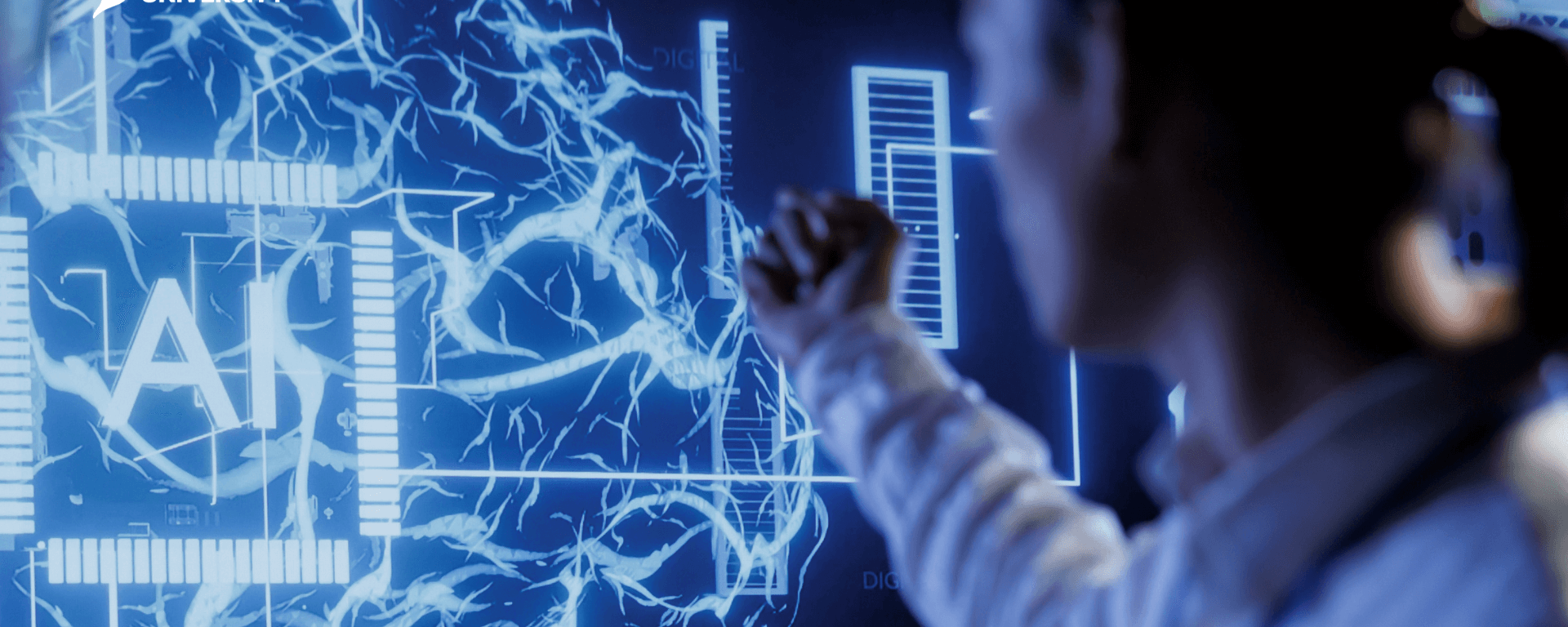The intersection of artificial intelligence (AI) and design is reshaping how creative professionals approach their work, democratising access to high-quality design, and pushing the boundaries of what’s possible in visual storytelling. As we move through 2025, AI-powered tools are no longer just experimental — they are mainstream, empowering designers to work faster, smarter, and more innovatively than ever before.
The Rise of AI in Design
AI is revolutionising the design landscape by automating routine tasks, generating fresh ideas, and enabling rapid prototyping. This shift allows designers to focus on the creative and strategic aspects of their projects rather than getting bogged down by repetitive work.
For example, tools like Adobe Sensei and Canva’s Magic Resize automate image editing and resizing, dramatically reducing the time needed to create assets for multiple platforms. Similarly, AI-driven platforms such as Looka and DALL-E enable the generation of logos and artwork from simple text prompts, opening up new avenues for exploration and experimentation.
Key AI Tools Transforming Design
Several AI-powered tools are at the forefront of this transformation and here are some of them.
Canva: Known for its user-friendly interface, Canva leverages AI to suggest design improvements, automatically resize graphics, and remove backgrounds. Its AI-powered features make it accessible to both professionals and non-designers, streamlining workflows and fostering creativity.
Adobe Sensei: Integrated across Adobe’s suite, Sensei automates complex tasks such as content-aware fill and intelligent cropping. It also provides personalised recommendations for layout and color schemes, helping designers make data-driven decisions.
Runway ML: This platform allows creatives to experiment with machine learning models for image and video editing, making advanced visual effects accessible to a broader audience.
Creatie: Designed for UI/UX professionals, Creatie offers AI-driven layout suggestions, automatic style guide generation, and design auditing, speeding up prototyping and ensuring brand consistency.
DeepArt.io and DALL-E: These tools use generative AI to create unique artwork and visual narratives from text or image inputs, enabling designers to explore new styles and concepts.
Emerging Trends in AI and Design
Generative Design and Personalisation: Generative AI is one of the most exciting trends in design today. Tools like DALL-E and Midjourney can turn vague ideas into distinct visual narratives, adapting to user interactions and preferences. This level of personalisation enhances user engagement and allows brands to deliver tailored digital experiences at scale. For example, Netflix uses AI to personalise artwork and banners, ensuring that each user sees content relevant to their tastes.
Automation and Enhanced Efficiency: AI is automating repetitive tasks such as resizing images, cleaning up designs, and setting grids. Adobe Sensei and Canva’s AI features are prime examples.
Data-Driven Design Decisions: Predictive analytics can identify emerging trends and consumer preferences, helping creatives stay ahead of the curve. For instance, AI can analyse user behavior to recommend layout changes that improve engagement and conversion rates.
Collaborative and Accessible Design: AI tools are making design more accessible to non-designers and fostering collaboration among teams. Platforms like Canva and Creatie provide centralised databases of design assets and knowledge, making it easier for teams to collaborate and maintain consistency across projects.
Sustainable and Ethical Design: AI can help designers optimise resources, reduce waste, and create more sustainable digital products.
The Future of Design and AI
Looking ahead, AI will continue to play a pivotal role in design, driving innovation and redefining creative workflows. The integration of AI into design tools is expected to mature further, with more advanced features for generative design, personalisation, and automation. Designers will increasingly rely on AI for inspiration, problem-solving, and execution, enabling them to push the boundaries of their imagination and deliver more impactful work.
AI is not replacing designers but augmenting their capabilities. By handling routine tasks and providing intelligent suggestions, AI frees up designers to focus on what they do best — creating compelling, meaningful, and innovative designs. As AI technology evolves, the creative possibilities will only expand, making this an exciting time to be a designer.
